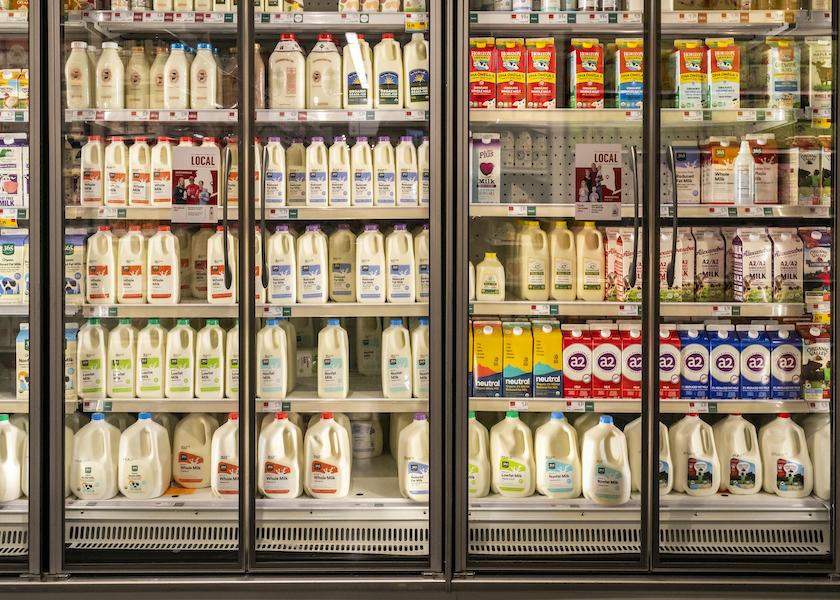Milk Prices See Little Recovery: Weaker Supply Balanced by Slower Demand

While the calendar flipped to 2024 weeks ago, there has been relatively little change in dairy market sentiment since the beginning of this year. The winter doldrums have arrived, and with it, dairy farmers are likely still hoping for an improvement in milk prices that has not yet arrived. The overarching themes of recent weeks continue to persist, with a weaker global milk supply balanced by sluggish overall demand, keeping most dairy product prices unchanged and rangebound into the beginning of 2024.
Globally, the industry continues to walk a tightrope of limited ‘new’ milk. Looking back to 2023, it was a story of soft global dairy commodity pricing due to weaker underlying fundamentals. Milk supply growth around the globe was underwhelming, with a brief return to growth for three consecutive quarters last year before lower milk prices, elevated costs, and weather disruption put the brakes back on. The global markets patiently awaited the rebalancing of the Chinese market, only to experience the second consecutive year of large shortfalls in Chinese dairy imports.
We are now transitioning to the next phase of the price cycle. We have likely seen the bottom in most dairy commodity prices, with the CME futures market forward curves showing mostly higher prices across both the Class III and Class IV complex throughout the remainder of this year.
On an individual commodity level, price trends have been mixed. The most bearish market has been cheese, with CME spot block and barrel Cheddar prices unable to find significant strength into January following a Q4 2023 that bucked seasonal norms and was unable to find support into the year-end holidays. Cheese prices dipped below $1.40 per pound, a brutally low price that equates to milk checks well below the cost of production. Looking ahead, adequate cheese supplies will likely prevent firmly bullish price gains from materializing, but early January’s unsustainable lows will likely not persist for long.
In contrast to the cheese market, robust butter demand coupled with tighter supply has kept the price elevated above the long-term average. After the CME spot butter market hit a record high of $3.5025 per pound in October 2023, the price has seen persistent strength into 2024, driven by tight December stocks and an early Easter. End-users are likely concerned about how expensive butter could again be later this year, with budgets being set above the historical average range.
Nonfat dry milk and dry whey markets have shown impressive steadiness. Balanced supply and demand have limited upside and downside risks, with the prices of both products trading within a narrow range into 2024.
The next phase of the demand story remains a key watch. Inflation, consumer confidence, and overall demand are key watch factors. In Rabobank’s view, the base case is for a slow recovery in Class III and Class IV milk versus the current price. However, current fundamentals provide the perfect ingredients for price volatility, with uncertainties persisting for how 2024 will ultimately play out.
For more on milk prices, read:
- 2024 Milk Production Forecast Reduced, All-Milk Price Looks More Encouraging
- Production Remains Strong Despite Fewer Cows, Just Take a Look
- Global Demand for Cheese Continues to Climb
- Dairy Farmers Could Face Another Year of Disturbingly Low Milk Prices
- Whey Market Appears to be Tightening







